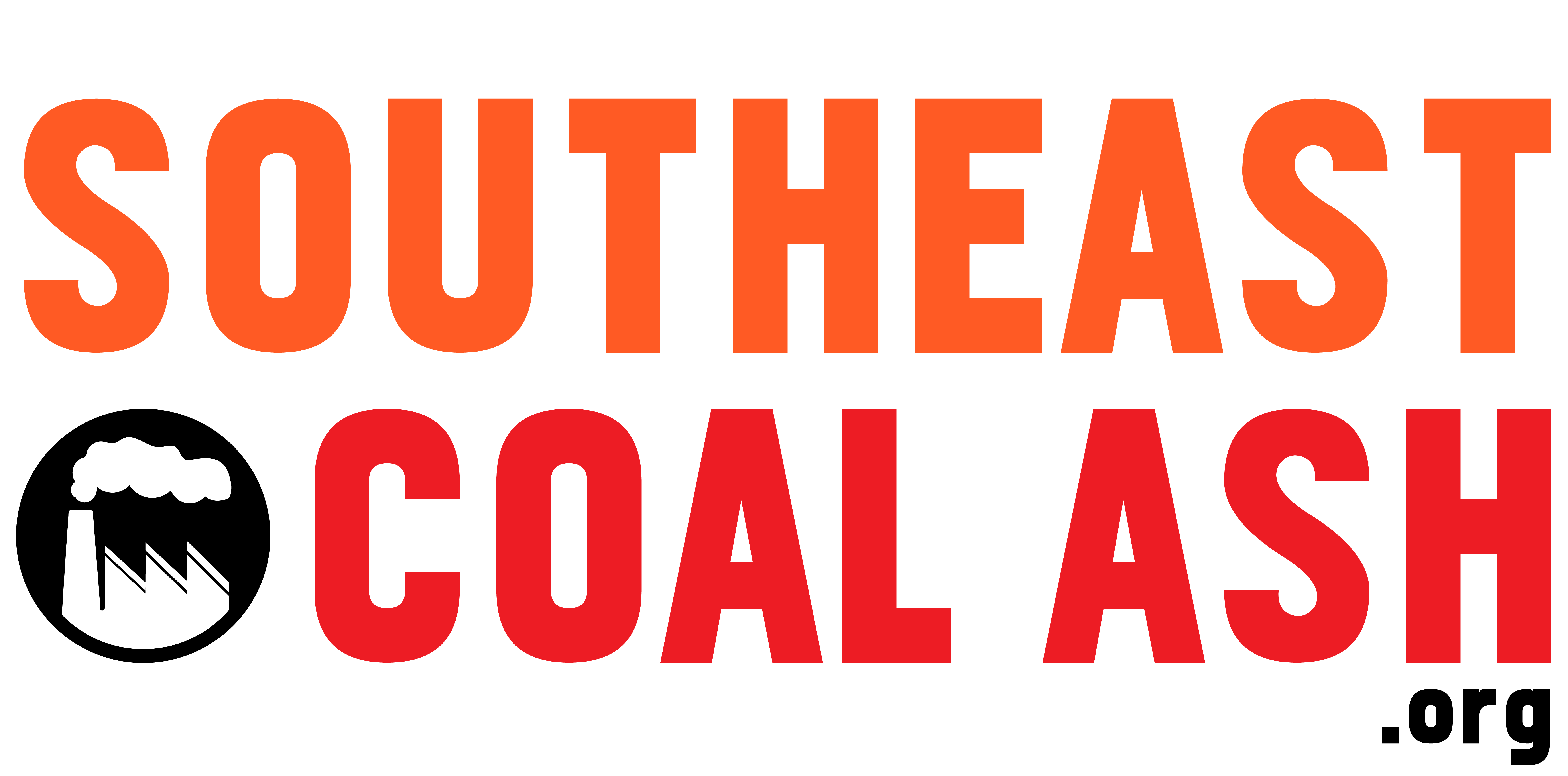
Photo Credit: Dave Harp
General Overview
In December, 2014, EPA released its long-awaited coal ash rule. EPA left enforcement of the rule to the utilities (and other owners) themselves, the states, and via citizen suits. But Virginia has a troubling track record when it comes to protecting communicates from the dangers of coal ash.
Virginia is home to 9 coal-fired power plants and a total of 32 coal ash impoundments. According to EPA Virginia’s impoundments have enough capacity to hold at least 4.5 billion gallons of coal ash, though due to under-reporting from utilities that number is likely much higher. You can find each dumpsite’s capacity by clicking a power plant on the homepage and scrolling down to Power Plant Details and Maps. Annually, North Carolina’s power plants generate over 2.4 million tons of coal ash making the state 18th in the nation for coal ash generation.
According to the Environmental Protection Agency (EPA), 8 of Virginia’s impoundments pose a “significant hazard” to nearby communities and infrastructure. The average age of Virginia’s impoundments is 47 years, exceeding the projected lifespan of 40 years for coal ash impoundments. These older dumps lack safeguards such as pollution control liners, leachate collection systems and adequate monitoring.
In order to comply with EPA’s coal ash rules, Dominion Virginia announced in 2015 that it would cap in place coal ash ponds at four of its coal-fired power plants across the state. Dominion is abandoning wet storage of coal ash, and that’s a positive step forward. But under its current plan, the utility will leave its ash dangerously close to VA’s rivers and waterways where it can continue to pollute. Dominion and VA’s other utilities should remove coal ash from wet impoundments and move it to lined, dry storage away from rivers and waterways.
Virginia communities were impacted by the Dan River spill in February 2014. In the summer of 2015, Virginia’s Department of Environmental Quality (DEQ) agreed to a $2.5 million settlement with Duke. Coal ash has contaminated waterways at several other sites, totaling about $1.5 million of damage toward fish, wildlife, and human populations throughout the state. Damages are not only costly, but can also be far-reaching. When a coal ash dam broke, spilling its slurry into the Clinch River in Virginia, 217,000 fish and invertebrates were harmed or killed for 77 miles downstream.
Create-Your-Own Coal Ash Report
Full control to create the report of your choosing listing coal plants with ash impoundments in the Southeast.
Create your report NOW!
